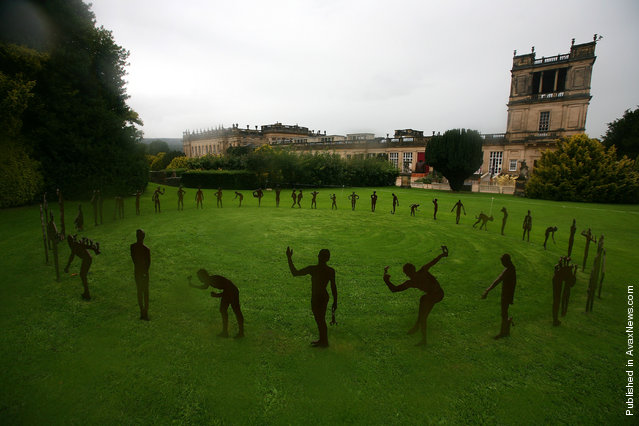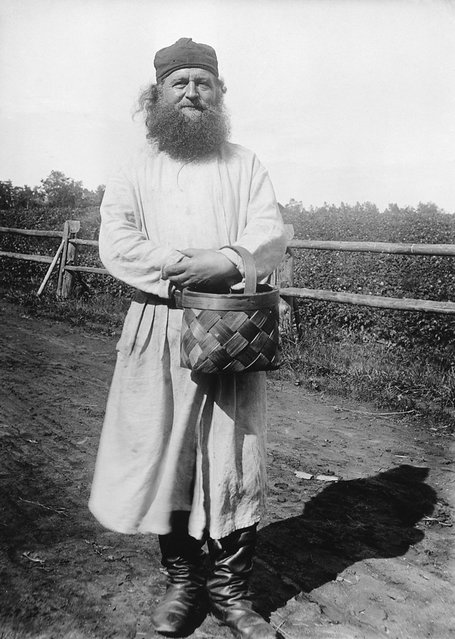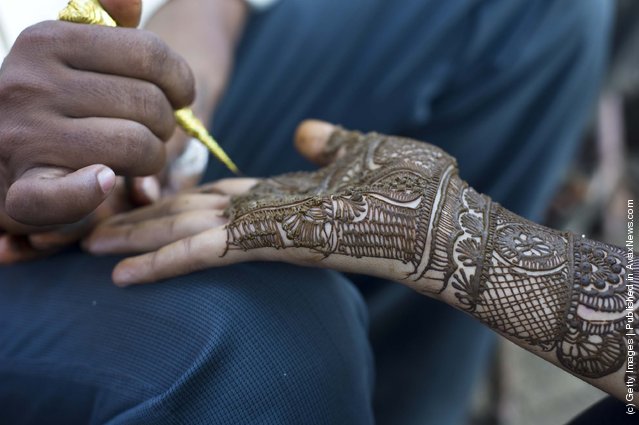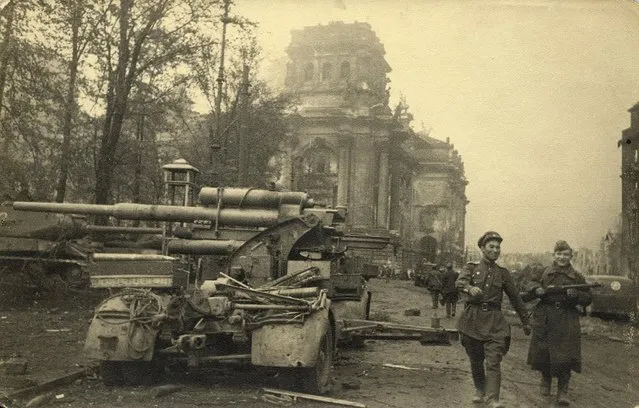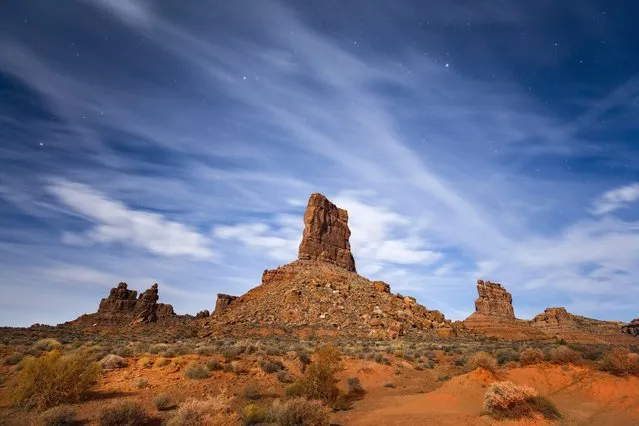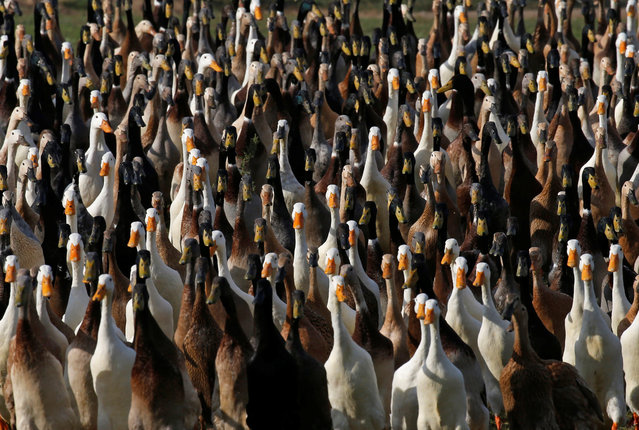
Artist Michael Tompert, a former graphic designer at Apple, is putting on an exhibition showing Apple products which he has destroyed in various ways – burned with blowtorches, smashed with sledgehammers, chopped up with handsaws or shot with a handgun.
The results are then photographed in the typically fetishistic style of Tompert’s former employer, all close-up and against a plain white background.
Presumably the image editing was done elsewhere, what with all his own gear being smashed up all over the studio and all.
10 Jan 2013 13:17:00,post received
0 comments

